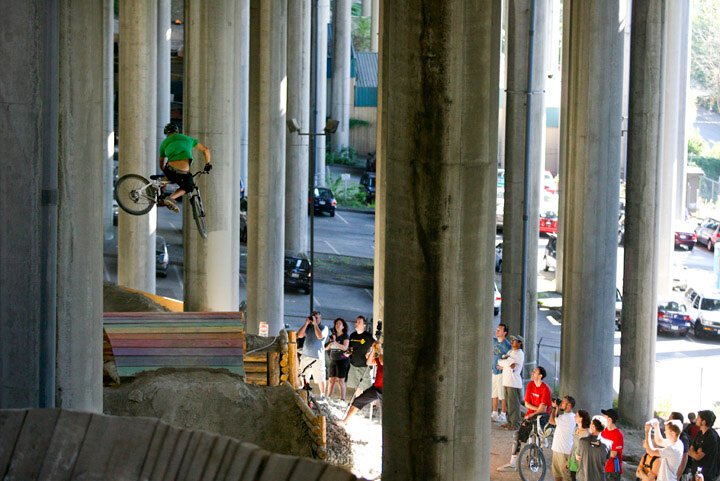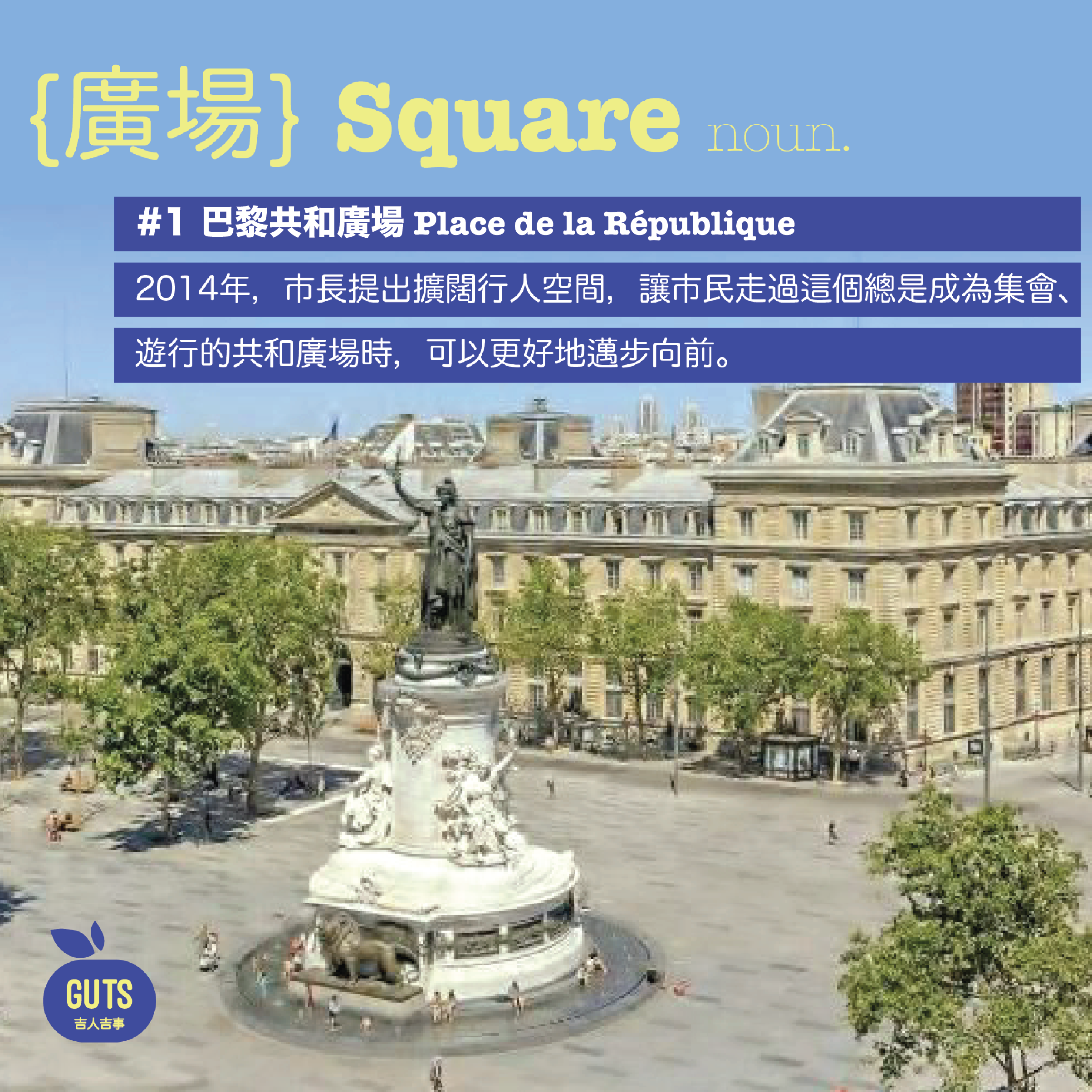紐約吉事:防洪堤岸 也能創造公共空間|GUTS of New York: Protective and creative landscape to mitigate climate crisis

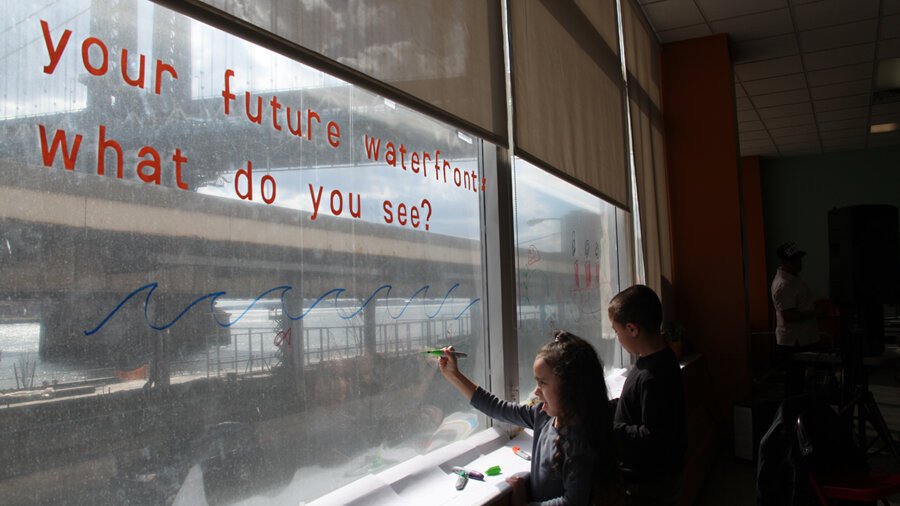



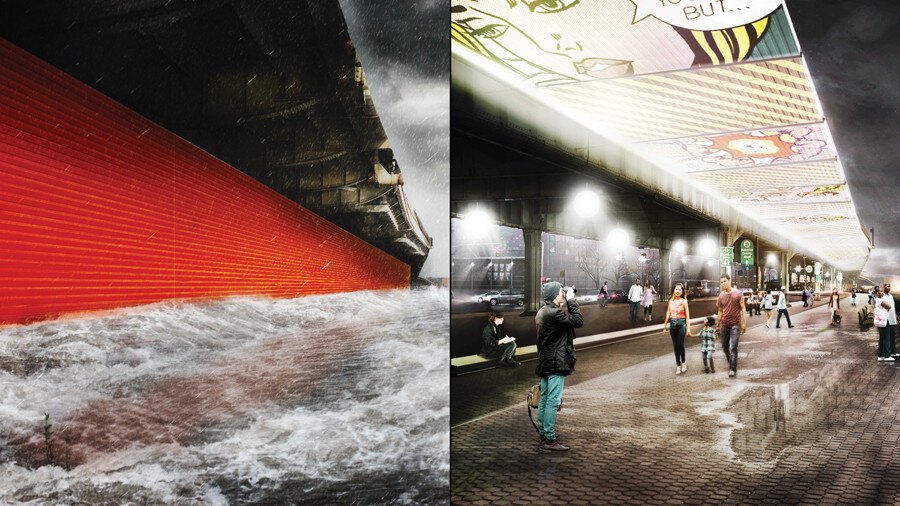

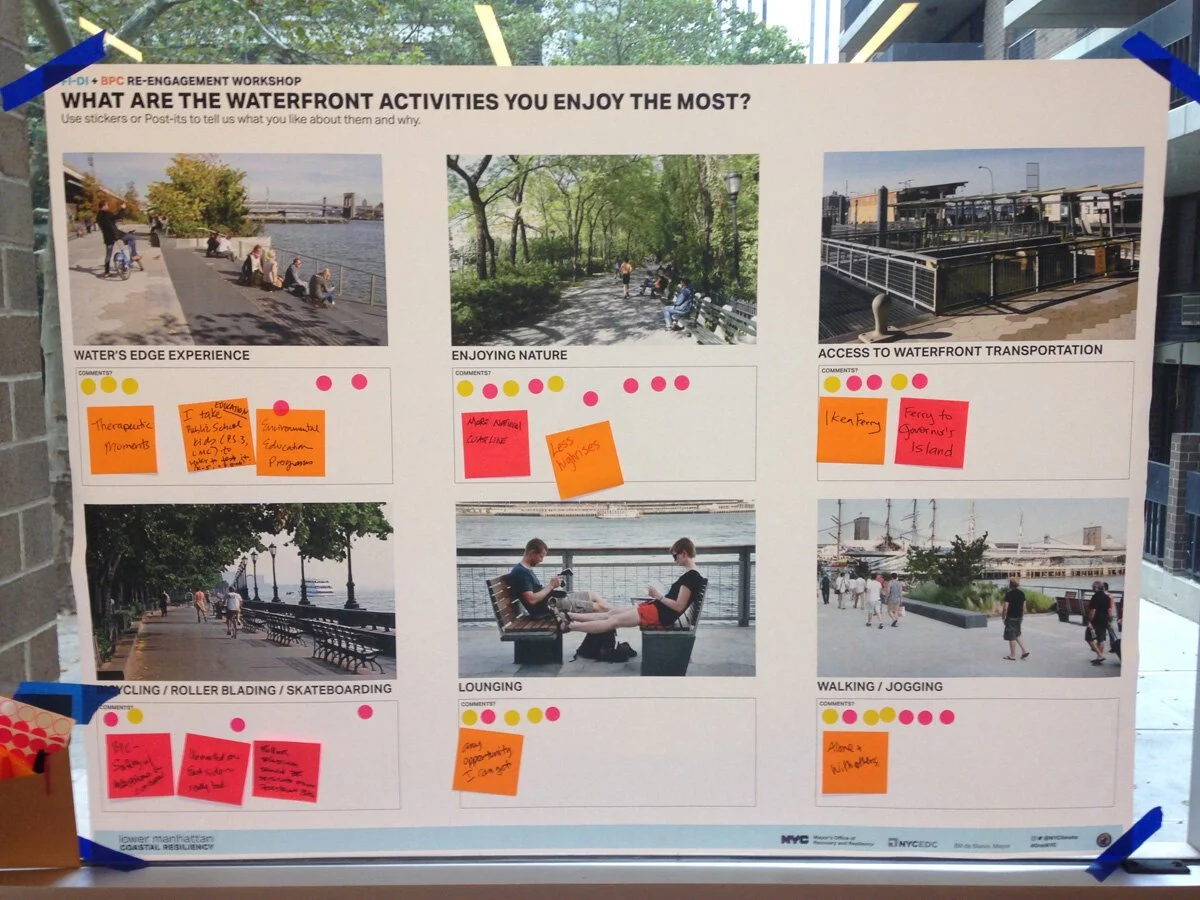

2012年,被稱為美國東北部有史以來,最強颶風的桑迪吹襲紐約,導致43人死亡、逾9,000座建築物被淹、200萬人無家可歸。颱風暴雨的破壞力愈來愈強,極端天氣讓現代城巿面臨巨大挑戰,除了可以發展「海綿城巿」增加城巿的「吸水力」以外(請參考上期「海綿城巿」的文章),紐約的吉人則選擇透過建築設計,應對環境挑戰。2013年,當地政府舉辦設計重建(Rebuild by Design)大賽,希望廣納民間吉人的創新方法保護城巿和居民。美國住房及城巿發展部門官員強調,這次計劃的重點不是規劃,而是要改變文化。
結果,「BIG U」方案擊敗逾百對手勝出,建議環繞曼克頓海岸線,改建成一道長長的防護性景觀(Protective Landscape),結合堤壩與景觀的概念,在防止風暴潮再次淹沒城巿之餘,同時為城巿創造新的公共空間,顧及當地的文化、社會經濟需求。「在思考這個設計之初,我們問自己:一個防洪的基建,如果不是一道把城巿與海分隔的高牆,而是一串為社區而度身訂造的社會設施、環境設施,這樣就好了。」
圍繞整個曼克頓的南半邊,延綿10英里的「堤壩」分成三段,根據所在的區域特性設計:第一段是伊斯特河公園區(The Eastriver Park),方案是加建橋樑護堤、升高現有的公園,一來可以防浪,同時為周邊社區的活動提供額外空間。第二段是兩橋和唐人街區(Two Bridges/Chinatown),這區域街道密集、地勢較低、人口稠密及老化,活動場地嚴重缺乏,而相比伊斯特河公園區,這裏沿岸是道路和行車天橋,缺乏公園作為防洪緩衝,BIG U的設計是在天橋下安裝可隨時「落閘」的大型擋水板,雨季時用以阻擋風暴潮淹沒城巿,其他日子則收起,橋下建造延綿數公里的波浪型長櫈,打造日常活動的社區。第三段則在曼克頓最南端(Battery to Brooklyn Bridge),該區人口多、空間不足,同時是觀光和休憩的重要場所,除了利用橋下作為活動空間、安裝擋水牆,還在原有的海岸防護中心建造一個延伸入海、採用堅固耐水材料建造的博物館與水族館,把防洪堤岸打造為一個文化場所。
2018年,山竹帶來香港天文台有紀錄以來最強的風暴潮,惡劣天氣愈來愈災難性,但在設計領域,從海綿城巿到綠色建築,香港的吉人還是可以有很多方法為拯救城巿出一分力﹗
相片來源:網上圖片、 Rebuild by Design
地點:紐約、香港
GUTS of New York: Protective and creative landscape to mitigate climate crisis
Extreme weather is bringing cities growing challenges with evermore deadly typhoons, rainstorms, and floods. One such example is Hurricane Sandy, the 2nd strongest superstorm in US history, which took away 43 people’s lives and damaged 9000 buildings in a blink of an eye. These disastrous episodes of extreme weather are set to continue to bring in devastating damages at a similar scale if not more. Aside from implementing the ‘Sponge City’ concept as we have discussed in the previous issue, let us turn our focus to New York for another innovative GUTS idea to adapt to climate crisis – through the changing of culture.
In 2013, New York government organized a competition called ‘Rebuild by design’, as an open call to the GUTSMANS in the city to help New York to become more flood-resilient through innovative design ideas. The Secretary of the U.S Department of Housing and Urban Development stated that the programme was ‘not about making a plan, but about changing a culture.’
Among over a hundred submitted proposals, the “BIG U” proposal came out on top with the concept of building a Protective Landscape (a.k.a. BIG U) that would encircle Manhattan. The team envisioned that it could protect the city from floods and storm water while creating new public space simultaneously, addressing the community’s needs both culturally and economically. ‘What if we could envision the resilience infrastructure for Lower Manhattan in a way that wouldn’t be like a wall between the city and the water, but rather a string of pearls of social and environmental amenities tailored to their specific neighborhoods, that also happens to shield their various communities from flooding,” said Bjarke Ingels, the mind behind the “BIG U” project.
Embracing the southern part of Manhattan, the “BIG U” is a 10 miles protective system that breaks into compartments: East River Park; Two Bridges and Chinatown; and Brooklyn Bridge to The Battery. In East River Park, bridging berm and elevated parks were proposed to protect the area from floods and rising sea levels, while serving as public space for social and community activities. For ‘Two Bridges and Chinatown’, its low-lying landform is occupied by a dense network of roads as well as a growing and aging population crisis. The BIG U designed to have deployable walls attached to the underside of the highway which can flip down when needed to mitigate flooding during rainy season. Street furniture with flowing shape also helps inject a sense of place to the spaces underneath the highway for the community to enjoy. The last compartment, the ‘Battery to Brooklyn Bridge’, is an area with dense population, limited space that serves both the tourists and the local. Apart from utilizing the space under highway and installing deployable walls, the BIG U proposal has took a step further to transform the existing Coast Guard building into a new maritime museum and environmental education facility, with a special feature called the ‘Reverse Aquarium’. This aquarium will be built with flood protection wall that venturing into the sea, serving as a culture space for the district.
Typhoon Mangkhut had ran havoc in Hong Kong in 2018 as the strongest storm ever in record and the impact of climate change is set to bring about even more intense weather conditions in the future. It is time for forward looking GUTSMANS in Hong Kong to be resilient, taking reference from the sponge city, green architecture and other innovative solutions, to help the city to be better prepared in face of these growing extreme weather concerns.
Photo source: Internet, Rebuild by Design
Location: New York, Hong Kong
你可能對以下吉人吉事有興趣:
You may also be interested in these GUTS Stories:










